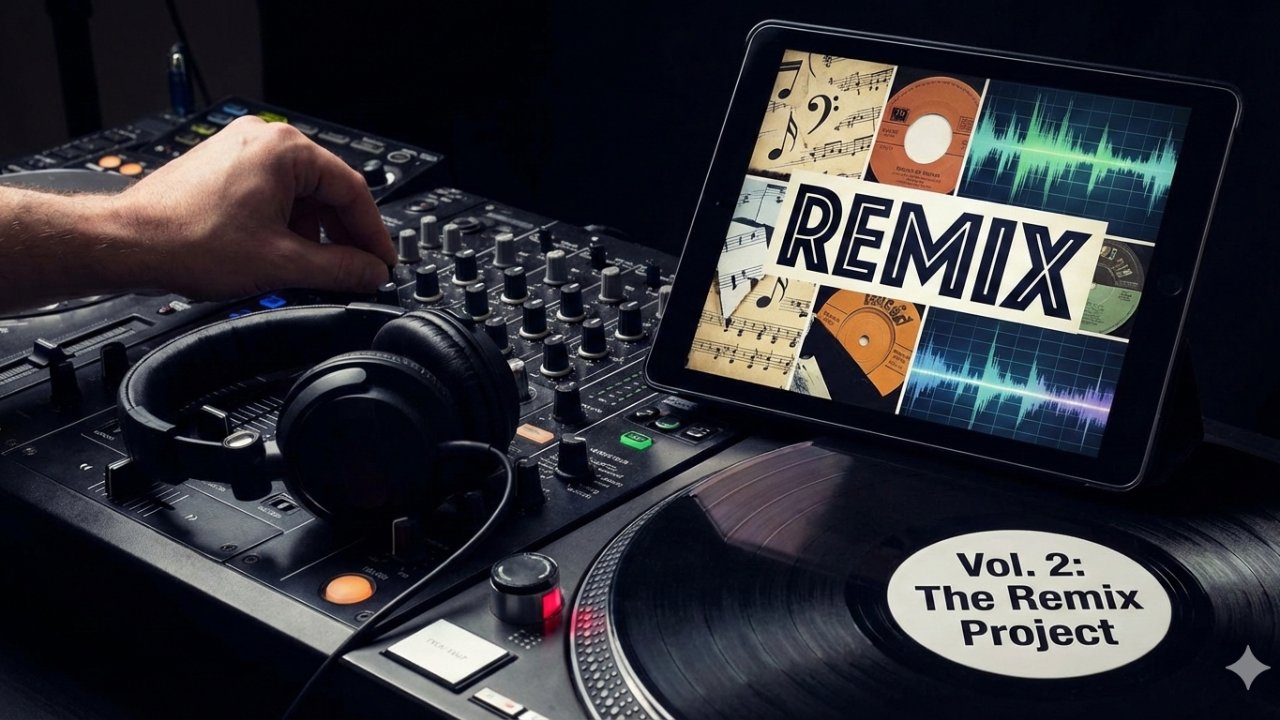Stop Sending Students Out—Start Bringing Them In
Apr 29, 2025
4 Easy Ways to Start Restorative Practices Today
Suspensions, detentions, and office referrals all share one major flaw: they are exclusionary.
If we want to genuinely change behavior, we need a better approach: one that’s logical, empathetic, and tied to real-world outcomes. That’s where restorative justice comes in.
Let’s look at a simple example:
Asher throws a pencil. Finlee throws a pencil. Both are sent to the office with referrals. Problem solved, right?
Not exactly.
They’re removed from class and “taught” a lesson through the consequence. The lesson? “Throwing pencils = get sent out of class.”
But what happens when Asher returns the next day, only to find he missed a key lesson—and there’s now a pop quiz?
Is he magically going to understand the material he never learned?
Or will he remember something else: “If I throw a pencil, I don't have to sit through class?”
It might surprise you, but not every student wants to stay in class. Some quickly learn how to game the traditional system to escape activities they find difficult, boring, or stressful.
Instead of discouraging negative behavior, exclusionary discipline can actually reinforce it.
Traditional punitive systems also tend to treat students like a one-size-fits-all problem. It’s easier to assign a blanket consequence than to address the individual needs behind a student's behavior.
And, quite often, not everyone on the school staff knows who should handle what and in what circumstances. All this leads to confusion, inconsistent interventions, and ineffective outcomes.
When the focus is only on punishment—not understanding—students don't learn better choices. They just learn how to avoid getting caught next time.
And what about the classmates affected by Asher and Finlee’s behavior? Traditional consequences don’t really acknowledge them at all. The hurt, frustration, or disruption caused to the group is left unhealed.
Meanwhile, Asher and Finlee eventually come back to class — and little has changed. No relationships mended. No real accountability accepted. No skills gained.
The behavior? Likely to repeat.
If we want to genuinely change behavior, we need a better approach: one that’s logical, empathetic, and tied to real-world outcomes. That’s where restorative justice comes in.
Restorative practices don’t focus just on what rule was broken.
They ask:
- Who was harmed?
- How can we make it right?
- What support does the student need to change their behavior?
When students are part of the solution, they’re much more likely to internalize lessons about responsibility, empathy, and community.

Here are four steps you can start using today to bring restorative justice into your classroom:
STEP 1. Shift from "Punishment" to "Repair"
Instead of asking, “What punishment fits this behavior?” ask, “How can we repair the harm caused?”
If Asher threw a pencil and it hit a classmate, part of the resolution could be an apology, and maybe Asher helps organize classroom supplies to make amends.
The goal isn’t humiliation — it’s ownership and restoration.
✅ Quick Tip: After any incident, hold a simple reflection meeting. Ask: “What happened? Who was affected? What can we do to make it better?”
STEP 2. Use Circles for Communication
Circles aren’t just for kindergarten storytime. Restorative circles create space where every student can share their feelings, concerns, and ideas.
After a disruptive event, bring the class together (yes, even the students who misbehaved) to talk it out.
✅ Quick Tip: Set simple ground rules: listen respectfully, no interruptions, and be honest. You’ll be amazed at the empathy that surfaces.
STEP 3. Teach Behavior Like Any Other Skill
We wouldn’t expect a student to master fractions without teaching them first, right?
Same with behavior.
Many students act out because they don’t know better strategies for handling frustration, embarrassment, or boredom.
✅ Quick Tip: Role-play common situations. Practice scenarios like how to ask for a break when overwhelmed, how to apologize, or how to express disagreement respectfully.

STEP 4. Focus on Relationships First
Strong, positive relationships are your best defense against disruptive behavior.
When students feel seen, heard, and respected, they’re less likely to harm the community — and more likely to help protect it.
✅ Quick Tip: Spend the first few minutes of class doing a quick check-in. A simple, “How’s everyone feeling today?” can go a long way to build trust and open communication.
Final Word
Restorative justice isn’t just about being “nicer.” It’s about being smarter in how we guide students toward growth.
When we stop excluding and start connecting, we create classrooms where mistakes are learning opportunities — and where every student feels responsible for helping the community thrive.
And isn’t that what education is really about?
Want to take the next step? Read Hacking School Discipline: 9 Ways to Create a Culture of Empathy and Responsibility Using Restorative Justice.
In a book that should become your new blueprint for school discipline, teachers, presenters, and school leaders Nathan Maynard and Brad Weinstein help you eliminate punishment and build a culture of responsible students and independent learners.
Read More
- Benson, Jeffrey. 2024. Hacking School Discipline Together: 10 Ways to Create a Culture of Empathy and Responsibility Using Schoolwide Restorative Justice. Times 10 Publications.
- “How Restorative Practices Are Reducing Suspensions and Expulsions.” X10 Publications blog post. August 10, 2024.
- “Punishment Culture Does Not Work.” X10 Publications blog post. April 8, 2025.
- “Who Handles What? Staff Roles in Managing Student Behavior.” Educator’s Edge, Times 10 Publications. January 30, 2025.
Resources
- Please note that this post was shared previously on our site but has been updated.
- Image of girls high-fiving in school hall by Yan Krukau from Pexels.
- Image of teacher and students by RDNE Stock project from Pexels.
- Main image of student and teacher shaking hands by Yan Krukau from Pexels.






